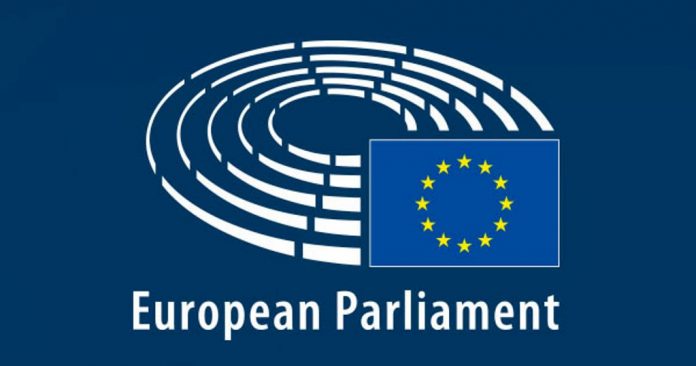-Independent EU scientific body to be set up to monitor progress
-Greenhouse gas budget must guide 2040 target
-Deal reached in time for US President Biden’s Leaders’ Summit on Climate
-The new EU Climate Law increases the EU’s 2030 emissions reductions target from 40% to at least 55% while boosting the contribution from removals that can bring the target to 57%.
MEPs reached an informal agreement with member states on the EU Climate Law on Tuesday evening, a few days before US President Biden hosts a Leaders’ Summit on Climate.
The new law transforms political promises that the EU will become climate neutral by 2050 into a binding obligation, and gives European citizens and businesses the legal certainty and predictability they need to plan for the transition to climate neutrality. After 2050, the EU shall aim to achieve negative emissions.
2030 and 2040 targets
The new EU Climate Law increases the EU’s 2030 emissions reductions target from 40 % to at least 55 % compared to 1990 levels.
While avoiding greenhouse gas (GHG) emissions must be the priority, the law recognises that already emitted GHG will need to be removed to compensate for GHG emitted from sectors where decarbonisation is most challenging. To ensure sufficient reductions are made by 2030, the contribution of removals towards the 2030 climate target shall be limited to 225 Mt CO2 equivalents.
The Commission confirmed in a written statement that it will propose that the LULUCF Regulation be revised. It regulates GHG emissions and removals from land use, land use change and forestry, to raise EU carbon sinks to levels above 300 million tons CO2eq by 2030, which would de facto correspond to a 2030 reductions target of 57 %.
The Commission shall make a proposal for a 2040 target at the latest six months after the first global stocktake of the Paris Agreement. In line with Parliament’s proposal, the Commission must take into account the EU’s projected indicative GHG budget, defined as the total GHG emissions expected to be emitted without risking the EU’s commitment under the Paris Agreement, for the period 2030-2050.
European Scientific Advisory Board on Climate Change
Given the importance of independent scientific advice, an independent scientific body will be set up to assess whether policy is consistent and to monitor progress, as suggested by Parliament. The Advisory Board will consist of 15 scientific experts appointed for four years.
The Commission will also facilitate sector-specific climate dialogues and partnerships by bringing together key stakeholders to encourage sectors to draw up roadmaps towards climate neutrality.
Quote
After the agreement, Parliament rapporteur Jytte Guteland (S&D, Sweden) said: “After a long night of negotiations, I am proud that we now finally have a climate law. We agreed on net emissions reductions of 57 % by 2030. While I would of course have preferred to go even further, this is a good deal that is based on science and which will make a big difference for the climate. The EU must now reduce emissions more in the next decade than we have in the previous three decades put together, and we have new and more ambitious ground to stand on that can encourage more countries to step up.”
Next step
The deal will now be put to the Environment, Public Health and Food Safety Committee and plenary for approval as well as to the Council. The Regulation will enter into force 20 days after publication in the Official Journal.
Background
Parliament has played an important role in pushing for more ambitious EU climate legislation and declared a climate emergency on 28 November 2019.
Following the European Council decision in December 2019 to endorse the 2050 climate-neutrality objective, the Commission in March 2020 proposed the EU climate law that would make the objective a legal requirement.














